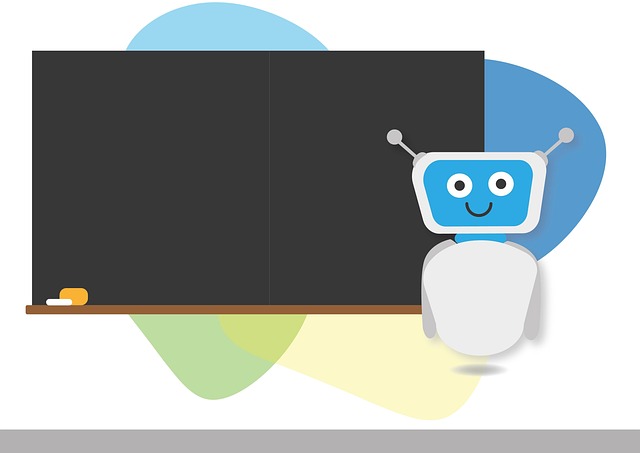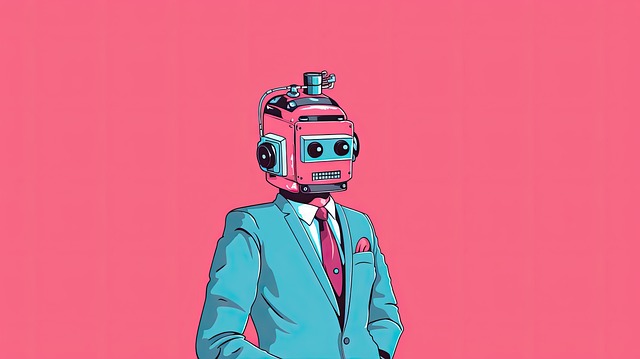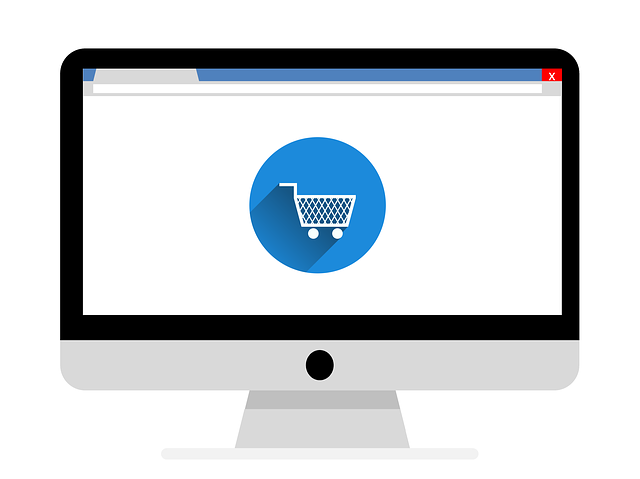Implementing an ecommerce chatbot requires considering cost factors like complexity, traffic demands, and maintenance. Pricing models vary, from subscription to pay-per-use, with tiered options tailored to needs. Feature complexity and platform choice impact costs; open-source is cheaper than custom built. While initial costs may seem high, ecommerce chatbots offer long-term savings through automated customer support, faster response times, data analytics for targeted marketing, and increased sales potential.
An AI-powered ecommerce chatbot can significantly enhance customer engagement, sales, and support. However, understanding the cost involved is crucial before implementing this technology. This article breaks down the complex factors influencing ecommerce chatbot pricing, including development costs, deployment models, and ongoing maintenance. We explore various pricing strategies, offer key budgeting considerations, and highlight the long-term savings and return on investment (ROI) potential these virtual assistants can bring to your online business.
- Understanding the Cost Factors of Ecommerce Chatbots
- Types of Pricing Models for AI Chatbots
- Key Considerations When Budgeting for an Ecommerce Chatbot
- Long-term Savings and ROI Potential
Understanding the Cost Factors of Ecommerce Chatbots

Implementing an ecommerce chatbot can seem like a straightforward cost decision at first glance, but several factors influence the final price tag. The complexity and customization required for your specific online store play a significant role. Simple chatbots offering basic customer support might be more affordable, while advanced solutions with natural language processing capabilities and integration with your existing systems will undoubtedly drive up costs.
Moreover, the volume of messages and interactions the chatbot handles daily is another critical consideration. High-traffic websites demanding 24/7 assistance need robust chatbots capable of handling increased demand, which often comes at a higher price point compared to static, pre-scripted bots. Additionally, ongoing maintenance, updates, and potential future enhancements should be factored into your budget to ensure the chatbot remains effective and secure.
Types of Pricing Models for AI Chatbots

AI chatbots can be acquired and implemented through various pricing models, each with its own pros and cons. The most common types include subscription-based plans, where users pay a recurring fee to access and utilize the chatbot’s services. This model is popular among businesses looking for long-term integration of AI chatbots in their operations, particularly in the ecommerce sector, where an ecommerce chatbot can significantly enhance customer service and sales.
Another approach is pay-per-use, where costs are calculated based on the actual usage of the chatbot. This is beneficial for companies that want flexibility and don’t anticipate high interaction volumes. Moreover, some providers offer tiered pricing, allowing businesses to choose a plan that best suits their needs and budget, whether it’s for a simple informational chatbot or a complex virtual assistant capable of handling intricate tasks.
Key Considerations When Budgeting for an Ecommerce Chatbot

When budgeting for an ecommerce chatbot, several key factors come into play. First, consider the complexity of features required—from basic customer support to advanced sales and marketing capabilities. An ecommerce chatbot designed for simple queries might be less expensive than one equipped with AI-driven product recommendations and personalized shopping experiences. Secondly, the platform and development costs vary significantly. Open-source chatbots offer a more cost-effective solution, while custom-built bots on scalable platforms like Dialogflow or IBM Watson can incur substantial fees based on usage and complexity.
Additionally, integration with existing ecommerce systems is crucial. Seamless data exchange between your chatbot and store management software impacts both implementation time and ongoing operational costs. Don’t overlook the importance of ongoing maintenance and updates, as these essential for keeping your chatbot relevant, secure, and optimized for user engagement.
Long-term Savings and ROI Potential

Implementing an AI chatbot may seem like a significant upfront cost, but it offers long-term savings and substantial ROI potential for businesses, especially in the ecommerce sector. By automating customer support, these chatbots can handle a high volume of simple to moderately complex queries, reducing the need for large human support teams. This not only lowers labor costs but also enhances operational efficiency by expediting response times and increasing customer satisfaction through instant assistance.
Additionally, AI chatbots can provide valuable insights into customer behavior and preferences through data analytics. For ecommerce businesses, this means personalized product recommendations, targeted marketing campaigns, and improved inventory management based on real-time demand. Such strategic decision-making powered by AI chatbots can lead to increased sales, higher conversion rates, and better overall profitability over time.
When considering the cost of an AI chatbot for your ecommerce platform, it’s essential to look beyond upfront pricing. Various factors, including complexity, integration, and expected usage, significantly influence the overall expenditure. By understanding different pricing models and carefully planning your budget, you can secure a reliable, cost-effective solution that drives sales and offers long-term savings through improved customer engagement and streamlined operations. An ecommerce chatbot is an investment that can pay dividends in the competitive digital landscape.
